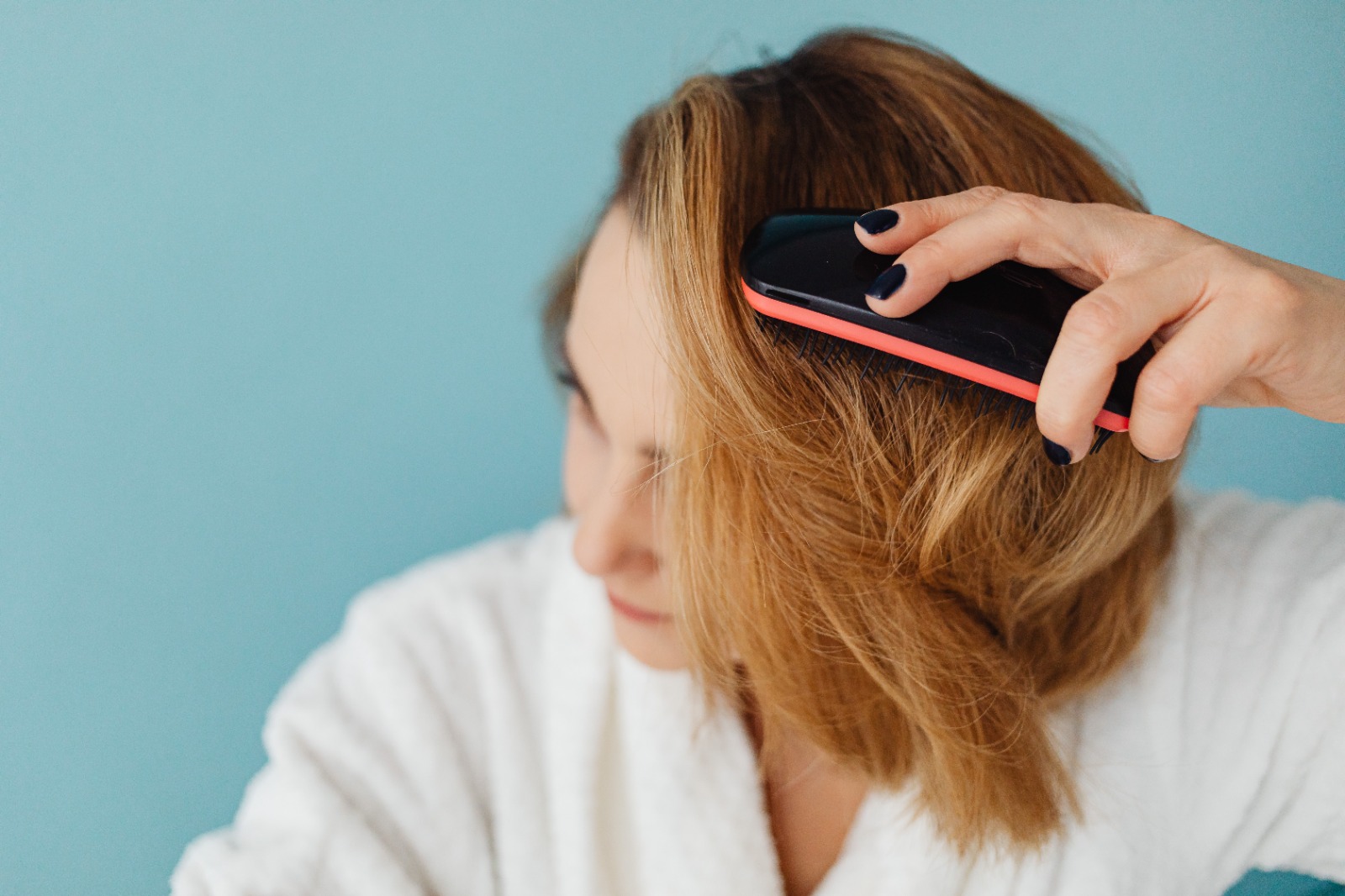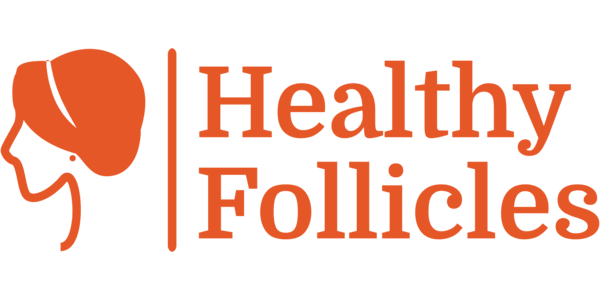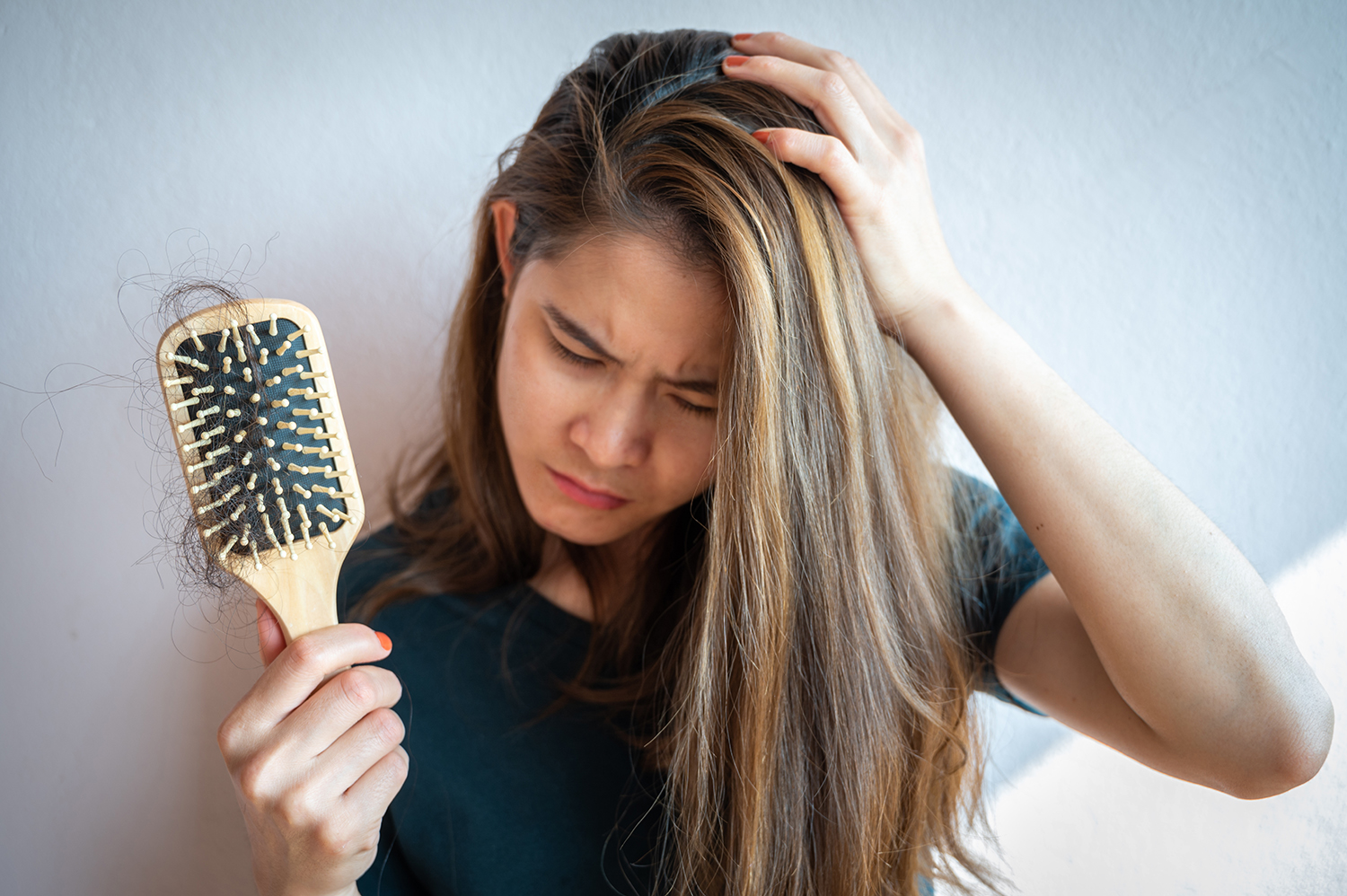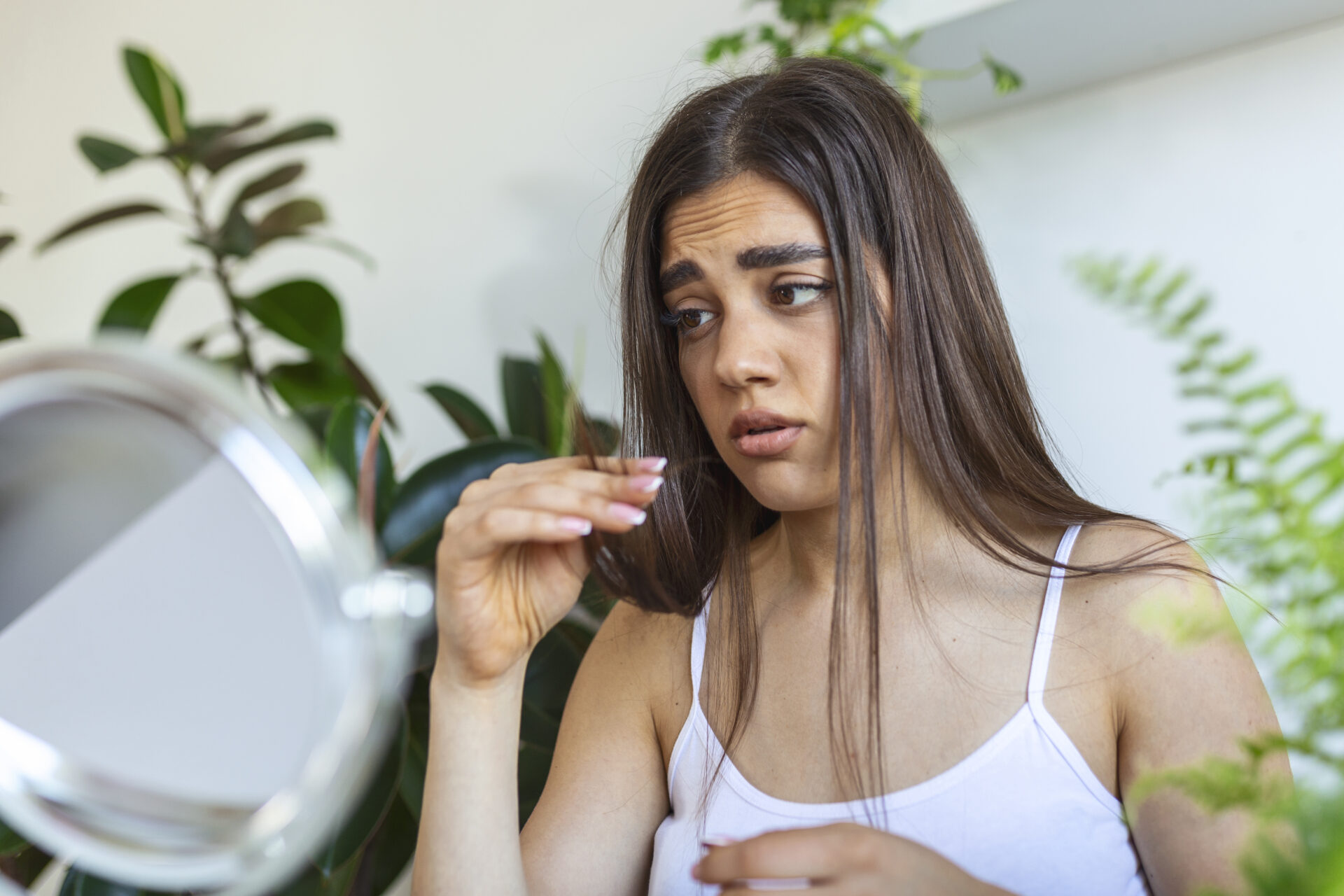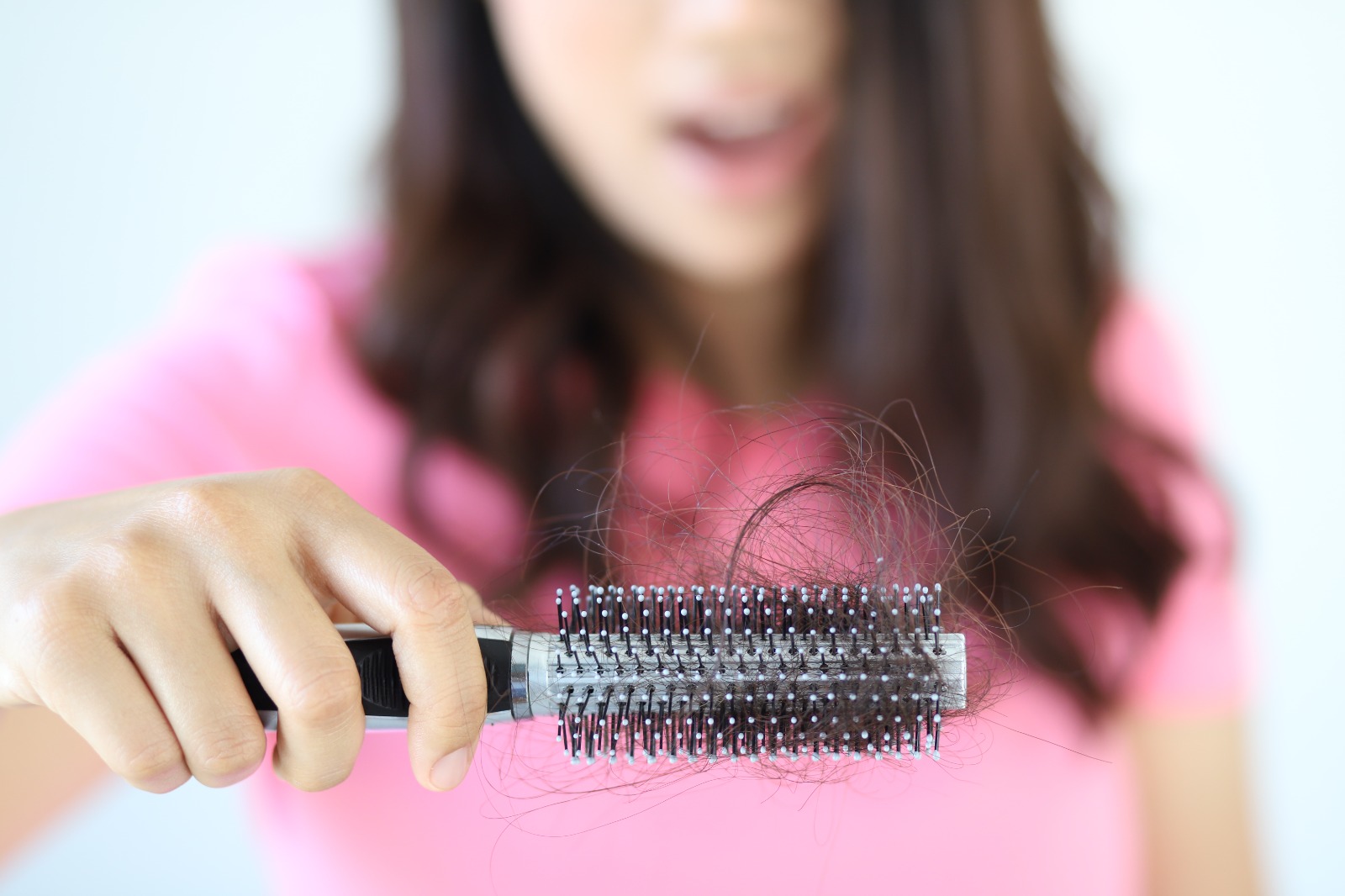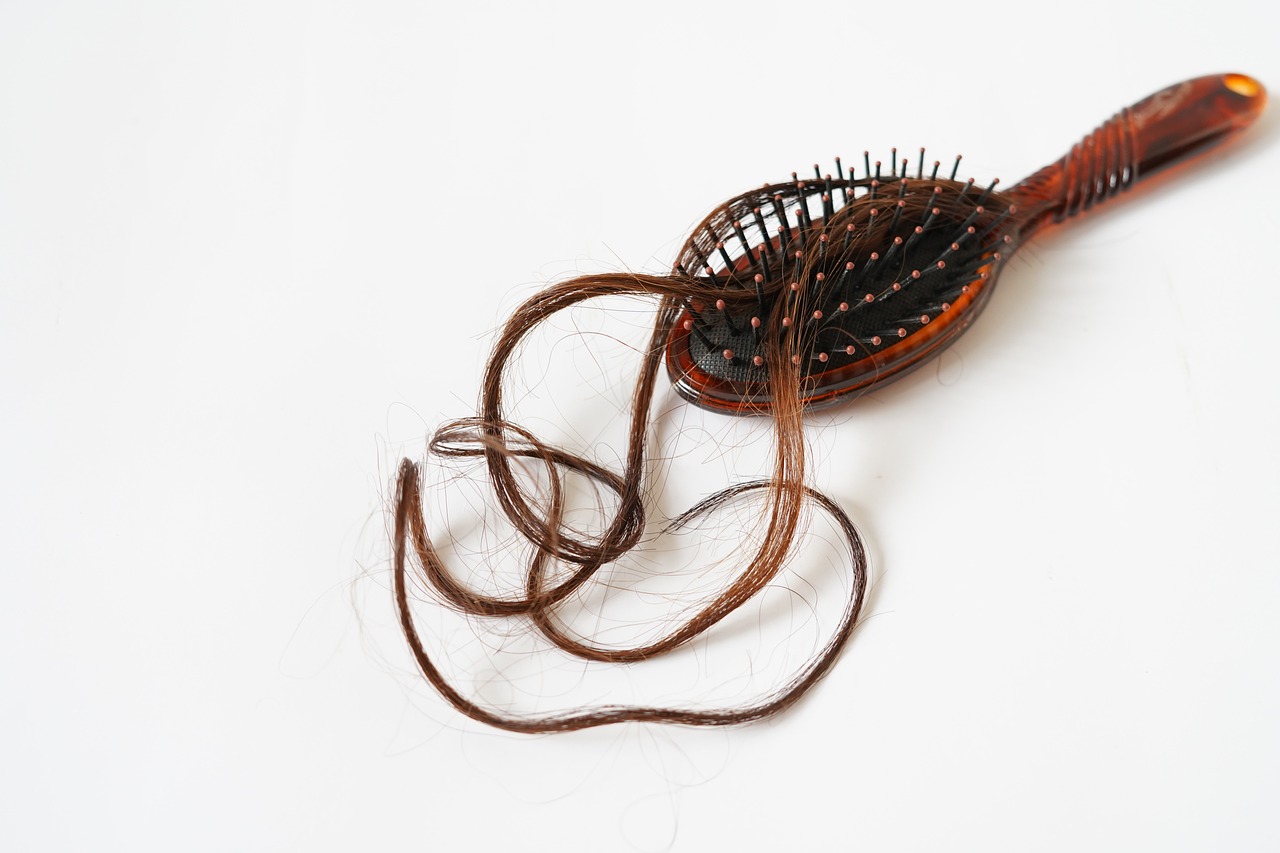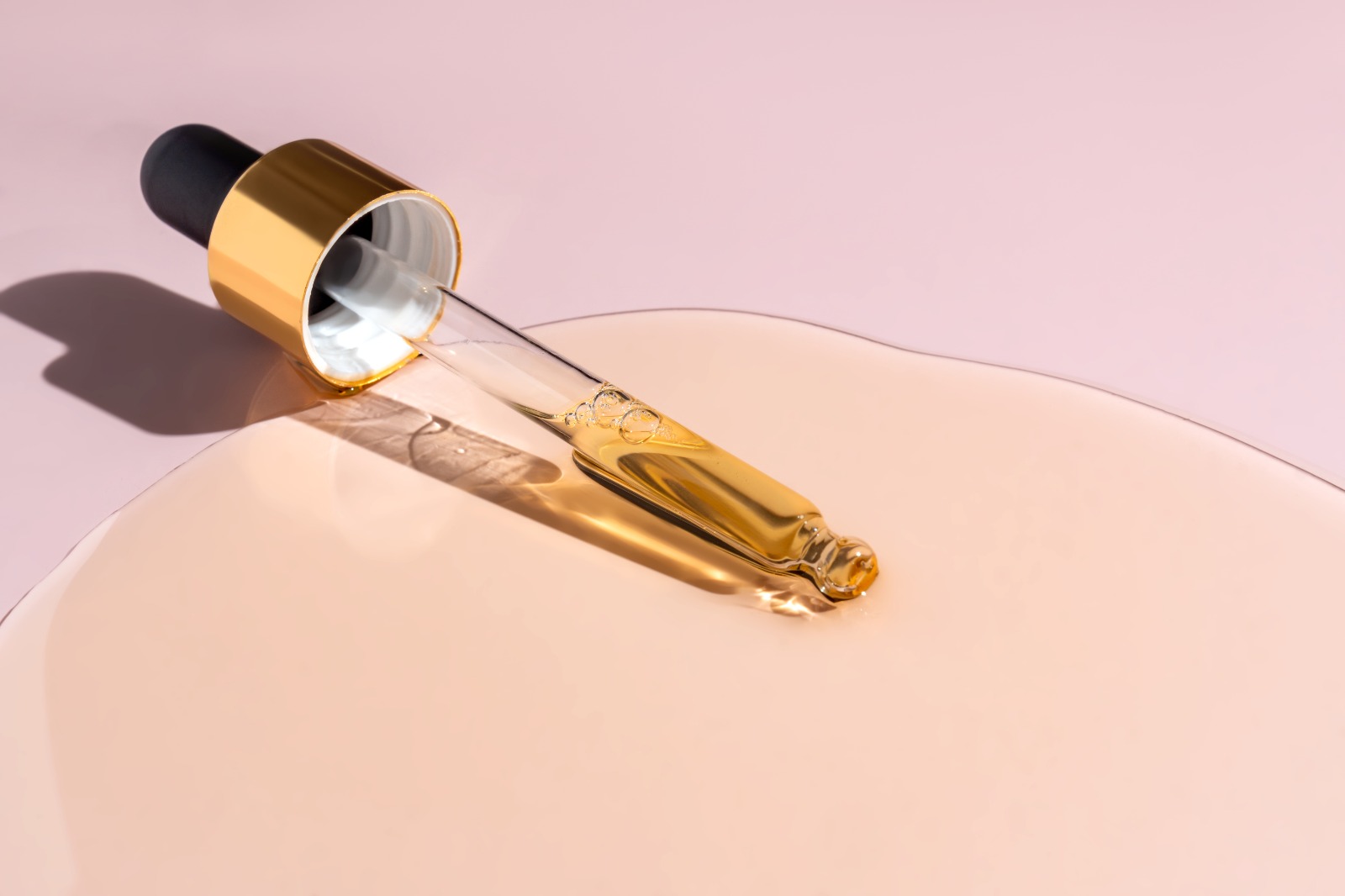Introduction
Explanation of the importance of hair health
Your hair is a crucial part of your appearance and style. Healthy hair not only looks great but also boosts your confidence and overall well-being. Hair health is also an important indicator of your overall health. If your hair is dull, brittle, and prone to breakage, it may be a sign of an underlying health issue or poor hair care habits.
Overview of the impact of hair damage on hair health
Unfortunately, hair damage is a common problem that affects people of all ages and hair types. Damage can occur due to a range of factors, from heat styling and chemical treatments to environmental factors like pollution and weather conditions. When hair is damaged, it becomes weaker, more prone to breakage, and harder to style. Left untreated, damage can lead to thinning hair, split ends, and even hair loss.
Brief summary of what the article will cover
In this article, we will explore the different types of hair damage, the causes of hair damage, and how to repair damaged hair. By the end of this article, you will have a better understanding of how to prevent hair damage and keep your locks healthy, shiny, and strong.
Types of Hair Damage
There are four main types of hair damage, each with its own set of causes and symptoms. Understanding the different types of hair damage can help you identify the root cause of your hair problems and take appropriate steps to repair and prevent further damage.
Chemical Damage
Definition
Chemical damage occurs when hair is exposed to harsh chemicals, such as those found in hair dyes, bleach, and relaxers. These chemicals can weaken the hair shaft and make it more prone to breakage.
Causes
Chemical damage can be caused by using hair products that contain harsh chemicals, over-processing the hair with chemical treatments, or failing to follow proper hair care routines after chemical treatments.
Signs and Symptoms
Signs of chemical damage may include dry, brittle hair that is difficult to manage, split ends, hair breakage, and hair loss.
Thermal Damage
Definition
Thermal damage occurs when hair is exposed to high temperatures from heat-styling tools, such as blow dryers, flat irons, and curling irons.
Causes
Thermal damage can be caused by using heat styling tools too frequently, using them at high temperatures, or failing to use heat protectant products.
Signs and Symptoms
Signs of thermal damage may include dry, frizzy hair, split ends, and hair breakage.
Mechanical Damage
Definition
Mechanical damage occurs when hair is physically stressed or manipulated in a way that causes damage to the hair shaft.
Causes
Mechanical damage can be caused by activities such as brushing and combing hair too vigorously, wearing tight hairstyles, and using hair accessories that pull on the hair.
Signs and Symptoms
Signs of mechanical damage may include split ends, hair breakage, and a rough, uneven texture.
Environmental Damage
Definition
Environmental damage occurs when hair is exposed to environmental factors such as pollution, sun exposure, and harsh weather conditions.
Causes
Environmental damage can be caused by exposure to air pollution, the sun’s UV rays, saltwater, and chlorine.
Signs and Symptoms
Signs of environmental damage may include dry, brittle hair that is difficult to manage, hair breakage, and hair discoloration.
Comparison of different types of hair damage
While each type of hair damage has its own set of causes and symptoms, there are some commonalities among them. For example, all types of hair damage can lead to dry, brittle hair that is prone to breakage. Understanding the differences between the types of hair damage can help you identify the underlying cause of your hair problems and take the appropriate steps to repair and prevent further damage.
Causes of Hair Damage
While there are different types of hair damage, the causes of hair damage can be grouped into several categories. By understanding the common causes of hair damage, you can take steps to protect your hair and prevent further damage.
Heat Styling
Explanation of how heat styling can cause hair damage
Heat styling tools, such as blow dryers, flat irons, and curling irons, can damage hair by exposing it to high temperatures. The heat can cause the hair cuticle to lift and weaken, leading to dry, brittle hair that is prone to breakage.
Tips for minimizing the effects of heat styling
To minimize the effects of heat styling on your hair, you can:
- Use heat-protectant products before using heat-styling tools.
- Limit your use of heat styling tools and opt for air-drying your hair whenever possible.
- Use heat styling tools on the lowest temperature setting that still achieves the desired style.
Chemical Treatments
Explanation of how chemical treatments can cause hair damage
Chemical treatments, such as hair dyes, bleach, and relaxers, can damage hair by breaking down the hair’s natural proteins and weakening the hair shaft.
Tips for minimizing the effects of chemical treatments
To minimize the effects of chemical treatments on your hair, you can:
- Avoid overlapping chemical treatments, which can cause over-processing and damage to the hair.
- Follow the instructions on the product label carefully and use the recommended processing time.
- Use hair products designed specifically for chemically-treated hair to help repair and protect the hair.
Over-Washing and Harsh Hair Products
Explanation of how over-washing and harsh hair products can cause hair damage
Overwashing your hair or using harsh hair products can strip your hair of its natural oils, leaving it dry and brittle.
Tips for minimizing the effects of over-washing and using harsh hair products
To minimize the effects of over-washing and using harsh hair products, you can:
- Wash your hair less frequently, aiming for every 2-3 days instead of every day.
- Use gentle, sulfate-free shampoos and conditioners that are designed for your hair type.
- Avoid using hot water when washing your hair, as it can also strip your hair of its natural oils.
Environmental Factors
Explanation of how environmental factors can cause hair damage
Environmental factors, such as pollution, UV rays, salt water, and harsh weather conditions, can damage hair by causing dryness, discoloration, and weakening of the hair shaft.
Tips for minimizing the effects of environmental factors
To minimize the effects of environmental factors on your hair, you can:
- Protect your hair from the sun’s UV rays by wearing a hat or using a hair product with UV protection.
- Rinse your hair with fresh water after swimming in saltwater or chlorinated water.
- Use hair products that contain antioxidants, which can help protect your hair from environmental damage.
How to Repair Damaged Hair
Fortunately, many types of hair damage can be repaired with the right care and treatment. Here are some tips for repairing damaged hair:
Trimming the Ends of the Hair
One of the most effective ways to repair damaged hair is to trim the ends. Split ends and frayed hair tips cannot be repaired, so trimming them off can help prevent further damage to the hair.
Using Nourishing Hair Care Products
Conditioners
Using a high-quality conditioner can help repair damaged hair by adding moisture and nutrients to the hair. Look for conditioners that contain ingredients such as keratin, biotin, and essential oils that can help strengthen and repair hair.
Hair Masks
Hair masks are deep conditioning treatments that can help repair and restore damaged hair. Look for hair masks that contain ingredients such as argan oil, shea butter, and vitamin E that can help nourish and strengthen the hair.
Reducing Heat Styling and Chemical Treatments
Reducing your use of heat styling tools and chemical treatments can help prevent further damage to your hair. Opt for air-drying your hair whenever possible, and limit your use of heat styling tools to reduce the amount of heat damage to your hair. Similarly, reducing the frequency of chemical treatments, such as hair dye and relaxers, can help protect and repair your hair.
Incorporating Hair-Healthy Foods into Your Diet
Your diet can also play a role in repairing damaged hair. Incorporating hair-healthy foods into your diet, such as those rich in vitamins and minerals like biotin, vitamin C, and iron, can help support healthy hair growth and repair. Some examples of hair-healthy foods include eggs, nuts, spinach, and salmon.
Other Tips for Repairing Damaged Hair
Here are some additional tips for repairing damaged hair:
- Be gentle with your hair. Avoid brushing or combing your hair when it is wet, as wet hair is more prone to damage and breakage.
- Use a wide-toothed comb instead of a brush to detangle your hair.
- Avoid tight hairstyles, such as ponytails and braids, which can put stress on the hair and lead to breakage.
- Get enough sleep and manage stress, as both can impact hair health.
By following these tips, you can help repair and restore your damaged hair, and promote healthy, shiny hair.
Conclusion
In conclusion, hair damage can be caused by a variety of factors, including heat styling, chemical treatments, overwashing, and environmental factors. Understanding the types and causes of hair damage can help you take steps to prevent and repair it. By trimming damaged ends, using nourishing hair care products, reducing heat styling and chemical treatments, incorporating hair-healthy foods into your diet, and following other tips for repairing damaged hair, you can help restore your hair’s health and promote healthy, shiny hair.
Final thoughts
Remember that repairing damaged hair takes time and patience, and results may not be immediate. By consistently caring for your hair and following the tips outlined in this article, you can promote healthy, beautiful hair in the long term.
If you’re struggling with hair damage, we encourage you to take action today by incorporating some of the tips outlined in this article into your hair care routine. With a little effort and care, you can help repair your damaged hair and promote healthy, beautiful hair.
References
Here are some sources that were used in this article:
- American Academy of Dermatology. Hair care products can deliver the goods for damaged hair. Retrieved from https://www.aad.org/public/everyday-care/hair-scalp-care/hair/damaged-hair-products
- Hair Breakage: Causes and Treatment. Retrieved from https://www.healthline.com/health/hair-breakage
- International Journal of Trichology. Hair Cosmetics: An Overview. Retrieved from https://www.ncbi.nlm.nih.gov/pmc/articles/PMC4387693/
- Medical News Today. Can you repair damaged hair? Retrieved from https://www.medicalnewstoday.com/articles/323547
- Understanding Hair Loss — the Basics. Retrieved from https://www.webmd.com/skin-problems-and-treatments/guide/understanding-hair-loss-basics#1
These sources were consulted to provide accurate and up-to-date information on the topic of hair damage and repair.
Hey there! 🌟 Would you mind joining me on Pinterest? 📌🌹
